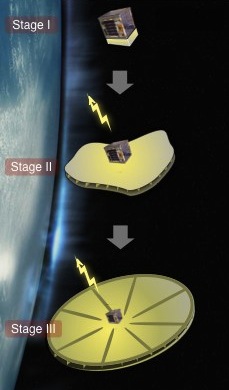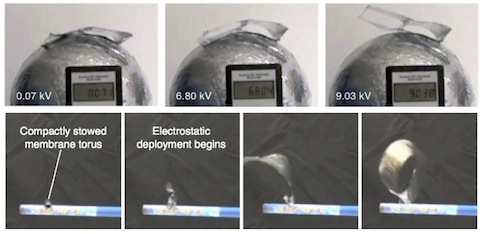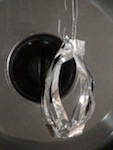Electrostatically Inflated Membrane Structures (EIMS)
Enabled applications include very light-weight drag ballutes that can be deployed at mission end-of-life, deployable solar energy collectors to significantly enhance mission capabilities of small-sats, large deployable communication antennas to enable small-sat communication from higher orbits such as the geostationary regime, as well as lightweight-electrostatic structures that can enable active radiation shielding concepts.
The main advantages of EIMS over current deployment approaches are:
- No closed outer surface is required, and is thus not subject to puncture failures related with gas-inflated structures
- No stiff or rigid structural components are required, allowing for a very small stored form factor
- Does not involve any moving or sliding mechanical parts, eliminating high-risk complex deployment systems, and
- Overcomes the significant reliability and long-term storage issues of gas inflated approaches.
For the EIMS application, the high or geostationary orbit altitudes are very attractive for electrostatic inflations due to the hot and sparse plasma conditions. However, because the membranes will only be separated by centimeters at the most, the concept is also feasible for LEO applications. In particular, while the LEO environment has centimeter level Debye lengths, larger potentials can create effective Debye lengths that are multiple times those of the Debye-Huckel solution. However, the LEO environment will create complex plasma wake effects about the EIMS which are beyond the Phase I scope. Rather, the actuation of neighboring membrane in a static plasma will be considered.
To develop this concept requires an interdisciplinary team of researchers with expertise in structural modeling of complex systems subject to multi-force-field environment, the dynamics and control of such systems, as well as the electrostatic charge behavior across such bodies in terrestrial and space-based applications. We will study the influence of geometry and material layout of the membrane structure on the properties of the deployed structure, and analyze the interaction of the membrane structure during and after deployment with the space environment.





